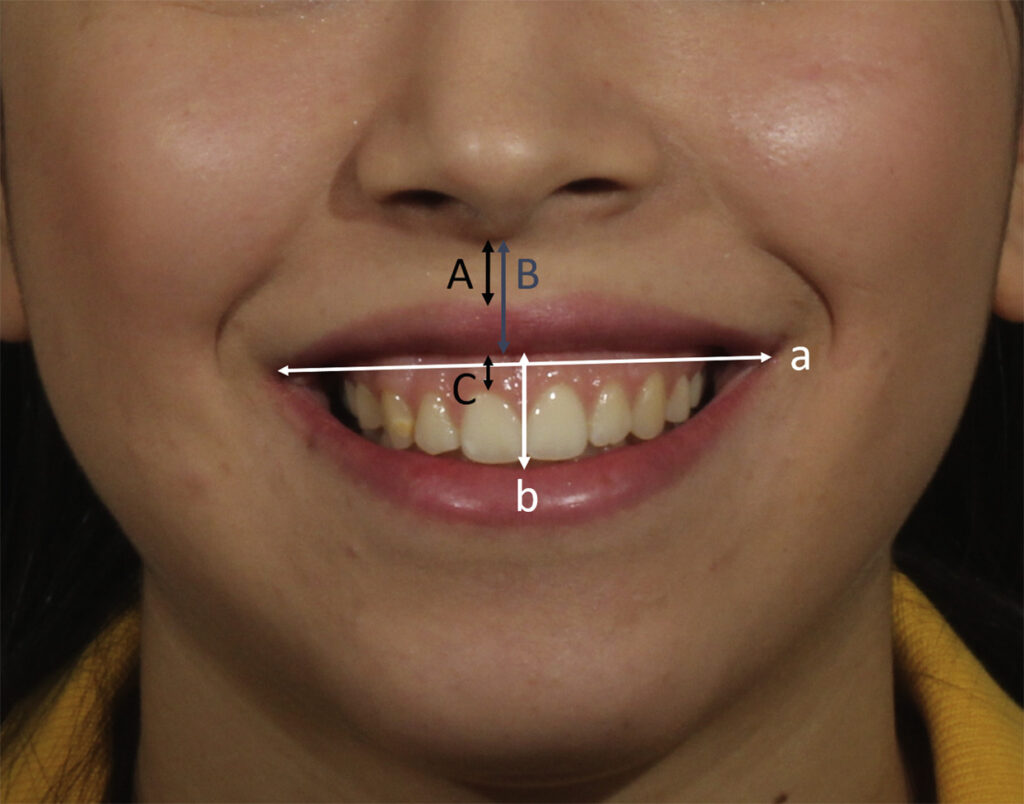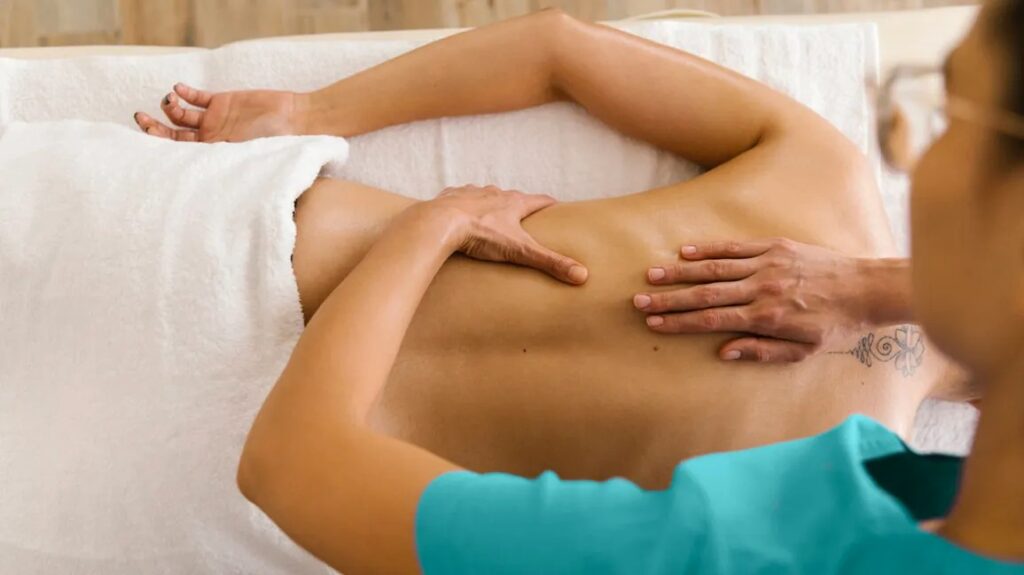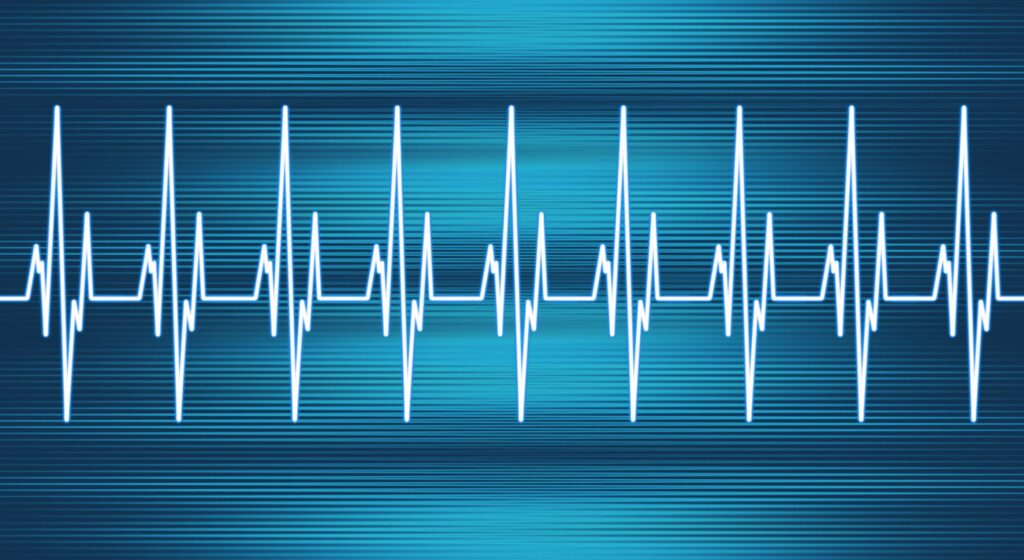When we smile, the emphasis should be on the lips and teeth, if any are visible, rather than the gums. Being unhappy with a gummy smile can have a negative impact on both men’s and women’s self-esteem and social interactions.
What exactly is a Gummy Smile?
The term “gummy smile,” also known as excessive gingival display, refers to when someone smiles, with excessive gum tissue visible above the top teeth. This can draw attention away from our lips and teeth, making them appear smaller than usual.
What is the cause of a Gummy Smile?
A variety of factors can cause a Gummy Smile. They can range from genetics to something as simple as how we care for our teeth. Typical causes include:
- Muscle hyperactivity that raises the upper lip
- The upper lip is thinner and exposes more of the upper gum
- Genetics can be to blame for a hyperactive or short lip.
- Structure of the bones
- Problems with the teeth or their size
- Gums – they could be short or long.
Fortunately, a gummy smile can usually be easily corrected.
Botox treatment for a gummy smile
Do you feel self-conscious about your gums when you smile before seeking treatment? If you answered yes, we have the right treatment for you. Botox can effectively treat gummy smiles depending on the cause of hyperactivity of the upper lip muscles. [2] Botox relaxes the muscles. As a result, when injected, it weakens the muscles’ response, causing them to be less hyperactive. A small injection of Botox on both sides of the nostrils and along the nose-to-mouth lines helps to weaken the muscles’ response.
Within the next 5-7 days, the results of this minimally invasive procedure will be visible. You will notice a new elevated smile with less gum, giving you more confidence to smile freely. Because of the quick treatment time, how quickly it works, satisfaction with the results, and how long the results last, this treatment is many people’s first choice for treating that gummy smile.
Gummy smile treatment after Botox
Most Botox treatments require no downtime and allow you to resume normal activities immediately. However, there are a few things you should avoid for the next 24 hours:
- Getting close to the treatment area
- Exercising
- Sleeping with your face down
A small amount of bruising can be easily concealed with makeup. Your Botox practitioner will review your aftercare instructions and schedule follow-up appointments to see how you’re doing.


